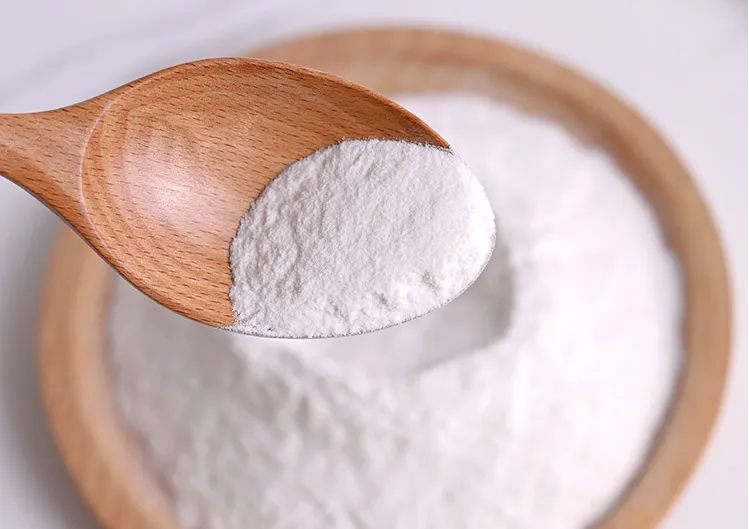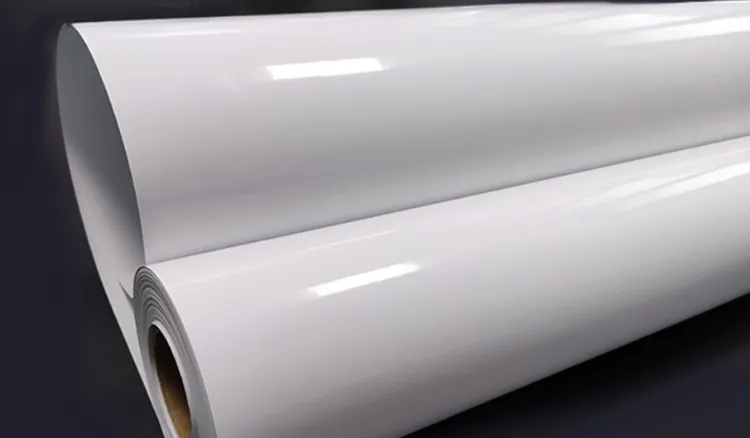
Cellulose and Its Derivatives Innovative Applications in Packaging, Food, And Personal Care
Subtitle 1: The Evolution of Cellulose Derivatives in Modern Industries
Cellulose, the primary structural component of plant cell walls, has become one of the most versatile materials in industrial use. Extracted primarily from wood pulp and cotton, cellulose serves as the foundation for numerous modified derivatives that power applications across food, pharmaceuticals, cosmetics, and packaging.
Among the specialty cellulose products, Sigmacell Cellulose Type 20 is a highly purified, microcrystalline form of cellulose often used in lab settings, drug formulations, and dietary studies. It is known for its uniform particle size and excellent compressibility, making it ideal for tablets and other pharmaceutical products.
Another widely used derivative is เมทิลเซลลูโลส, a chemically modified cellulose ether with excellent water solubility and gelling properties. It is a staple ingredient in food processing, acting as a thickener, stabilizer, and emulsifier in products like sauces, dressings, and baked goods.
Cellulose also plays a key role in modern environmental initiatives through cellulose packaging. Biodegradable and compostable, this sustainable alternative to petroleum-based plastic is gaining widespread use in food containers, wraps, and disposable items. As consumer demand for eco-friendly solutions grows, cellulose-based packaging is becoming an industry standard.
Innovation continues with high-tech forms such as microfibrillated cellulose—a nanoscale version of cellulose offering high strength and low weight. Used in composites, flexible electronics, and biomedical materials, this advanced material is setting the stage for next-generation product development.

Subtitle 2: Cellulose in Food, Skincare, Adhesives, and Pharmaceuticals
In food and nutrition, cellulose in food products has multiple functions. It adds fiber, improves texture, and stabilizes emulsions. It is considered a carbohydrate since carbohydrates cellulose refers to the classification of cellulose as an indigestible polysaccharide that contributes to dietary fiber intake without adding calories.
Modified cellulose types such as carboxymethyl hydroxyethyl cellulose combine the water-retention ability of hydroxyethyl cellulose with the solubility and emulsification of carboxymethyl cellulose. This hybrid is widely used in cosmetics, shampoos, and skincare products.
Speaking of personal care, microcrystalline cellulose in skin care is growing in popularity. It acts as a mild exfoliant, stabilizer, and absorbent in lotions and creams. Its biodegradable nature makes it an eco-friendly alternative to synthetic polymers and microbeads, which are being phased out due to environmental concerns.
Another advanced ingredient is cross linked sodium carboxymethyl cellulose, often used in pharmaceuticals and wound care. Its ability to form stable, hydrophilic gels makes it ideal for drug delivery systems and as a thickener in eye drops or wound dressings.
ในการใช้งานทางอุตสาหกรรม cellulose adhesive powder is an essential ingredient in construction and paper manufacturing. It helps bind surfaces, reduce water absorption, and improve tensile strength. It’s a non-toxic, biodegradable adhesive alternative for applications requiring environmentally safe bonding agents.
Cellulose esters also play an important role. For instance, cellulose acetate manufacturers produce films, fibers, and plastics for eyewear, textiles, and even cigarette filters. This cellulose derivative is known for its transparency, durability, and ability to be molded into various shapes.
In terms of raw material pricing, hydroxy ethyl cellulose price varies depending on viscosity grade, purity, and supply chain dynamics. Used primarily in paint, personal care, and building materials, this derivative provides thickening and rheology control.
Finally, a common query is: what is hydroxypropyl methylcellulose used for? This versatile polymer is widely used as a binder, film-former, thickener, and stabilizer in pharmaceutical tablets, ophthalmic solutions, and even vegetarian capsules. Its safety profile and multi-functionality make it one of the most widely used cellulose derivatives today.

Cellulose as the Sustainable Backbone of Industry Innovation
From Sigmacell Cellulose Type 20 in pharmaceuticals to cellulose packaging in sustainable product development, the cellulose family offers unmatched versatility. Whether acting as a thickener, binder, carrier, or structural component, cellulose and its derivatives are redefining the standards of eco-conscious, functional materials across multiple sectors.
Applications range from เมทิลเซลลูโลส in food and microcrystalline cellulose in skin care to the advanced microfibrillated cellulose used in nanotechnology. As industries move toward biodegradable and plant-based materials, cellulose remains at the center of innovation, offering effective, safe, and renewable solutions.
From the pharmaceutical lab to the grocery shelf and the cosmetic aisle, cellulose is no longer just a structural carbohydrate—it’s a symbol of green technology and functional performance. As demand continues to grow, partnering with reputable suppliers like cellulose acetate manufacturers and staying updated on pricing trends such as hydroxy ethyl cellulose price will be key to success in product development and sustainable sourcing.

FAQ Title: Frequently Asked Questions About Cellulose Types and Applications
What is Sigmacell Cellulose Type 20 and how is it used?
Answer:Sigmacell Cellulose Type 20 is a microcrystalline cellulose used primarily in pharmaceuticals and laboratory research. It offers consistent particle size and is used as a binder, filler, or bulking agent in tablet and capsule formulations.
What is hydroxypropyl methylcellulose used for in different industries?
Answer:What is hydroxypropyl methylcellulose used for? It is employed in pharmaceuticals as a binder and coating agent, in construction as a thickener, and in cosmetics for gel consistency. It’s also widely used in vegetarian capsule shells and eye drops.
How does microcrystalline cellulose benefit skincare products?
Answer:Microcrystalline cellulose in skin care acts as an exfoliant, stabilizer, and absorbent. It helps maintain texture, reduce oiliness, and improve product stability while offering a biodegradable alternative to synthetic ingredients.
What are the uses of cellulose adhesive powder?
Answer:Cellulose adhesive powder is used in construction materials, wallpaper paste, and paper bonding. It enhances adhesion, water retention, and tensile strength in eco-friendly and non-toxic applications.
Why is cellulose packaging considered eco-friendly?
Answer:Cellulose packaging is biodegradable, compostable, and made from renewable plant sources. It provides an environmentally responsible alternative to plastic, especially in single-use food and product containers.
-
Hydroxypropyl Starch as a Sustainable Construction AdditiveNewsNov.24,2025
-
The Gelation Properties of CMCNewsNov.21,2025
-
Redispersible Latex Powder and Water Retention CapacityNewsNov.21,2025
-
Dosage Control for Polycarboxylate Water ReducerNewsNov.21,2025
-
Film-Forming Properties of Polyvinyl AlcoholNewsNov.21,2025
-
The Function of Gypsum Additives in MortarNewsNov.21,2025





















